Hit by daytime sleepiness? Your ‘food coma’ might be something more serious
Awareness of sleep apnoea has ‘shot through the roof’, leading more to seek treatment, with hospitals facing long waitlists
[SINGAPORE] You don’t miss what you never had.
That pretty much sums up why TM Sitoh didn’t bother to find out if he was sleeping poorly. For a long time, his loud snoring caused his wife sleepless nights, and she urged him to get tested for sleep apnoea. But Sitoh, who thought he “slept very well”, didn’t think he needed to – until his daughter said she could hear his snores from her bedroom despite the closed doors.
After spending a night at the National University Hospital’s sleep clinic, Sitoh found to his shock that he had severe sleep apnoea, with an Apnoea-Hypopnea Index (AHI) of 35. This means his sleep was interrupted 35 times an hour, with an interruption defined as a complete pause in breathing or partial reduction in airflow that typically lasts over 10 seconds. An AHI of fewer than five events per hour is considered normal, five to 14 represents mild sleep apnoea, 15 to 29 is moderate, and 30 or more is considered severe.
When he finally received treatment for his sleep apnoea, the difference was immediate. “When I got up the next morning, I realised what a more restful sleep felt like,” he says. “It surprised me.”
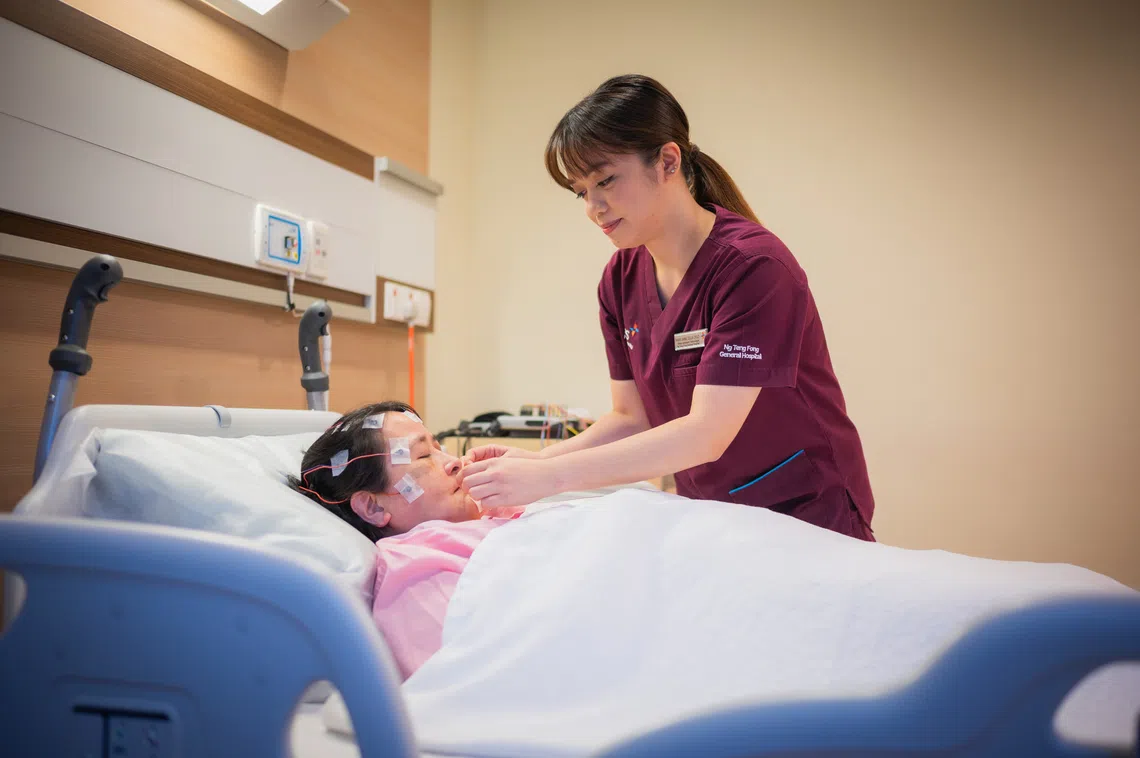
Like Sitoh, more Singaporeans now have a better understanding of sleep apnoea – a condition where breathing stops and restarts many times while one sleeps – and are getting treated for it. So much so, sleep clinics at restructured hospitals which diagnose and treat the disorder now have waiting lists as long as six to 12 months.
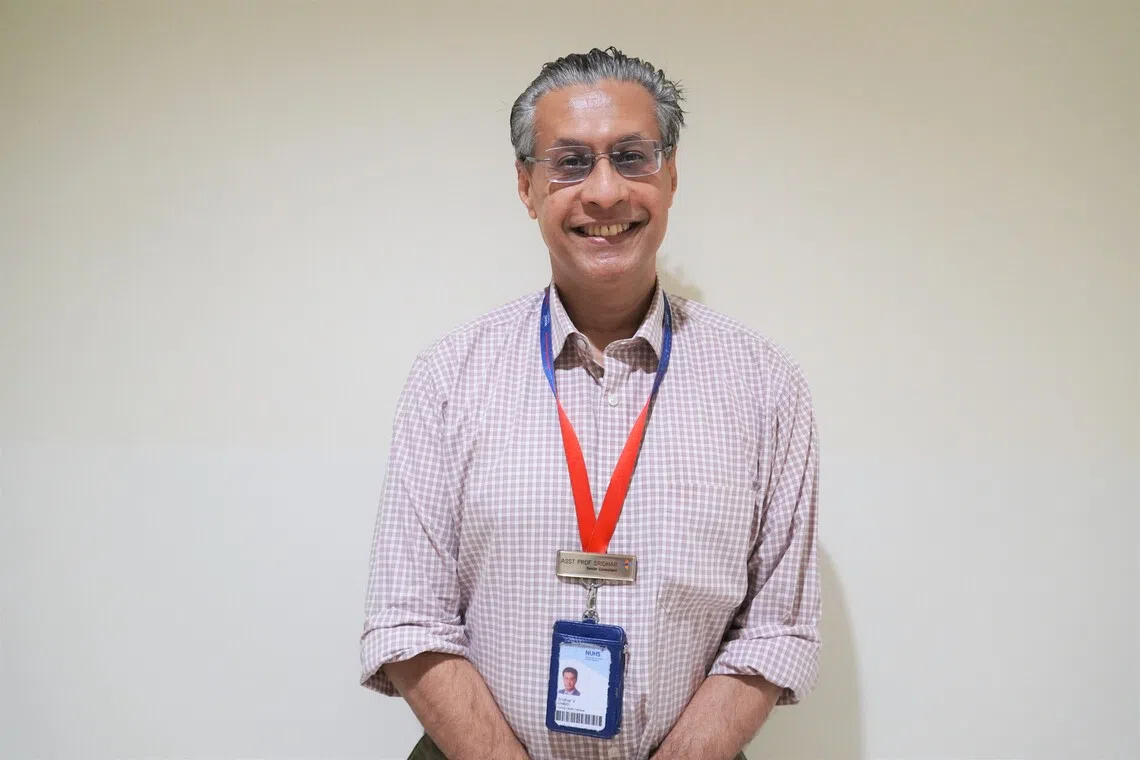
“Awareness of sleep apnoea has shot through the roof,” says Adjunct Assistant Professor Sridhar Venkateswaran, senior consultant with the division of respiratory medicine at Ng Teng Fong General Hospital. “Over the last 20 years in Singapore that I’ve been treating sleep disorders, we’re definitely diagnosing more patients with sleep apnoea.”
A NEWSLETTER FOR YOU

Friday, 2 pm
Lifestyle
Our picks of the latest dining, travel and leisure options to treat yourself.
Still a largely undiagnosed condition
An estimated one in three people in Singapore have moderate to severe sleep apnoea, of which up to 91 per cent go undiagnosed. Obstructive sleep apnoea (OSA) is the most common type of the condition, caused by the physical blockage of the upper airway, often due to relaxed throat muscles or excess tissue.
While obesity is a risk factor for OSA, many patients are of normal weight – just like Sitoh.
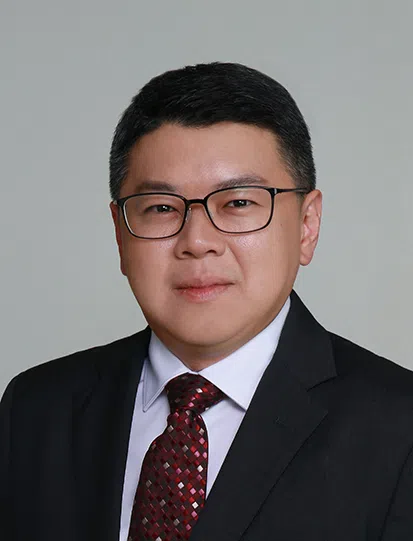
“Half my patients are skinny guys,” notes Dr Lee Chuen Peng, consultant respiratory physician at O2 Healthcare Group. “So it’s wrong to think that if you’re not fat, you won’t have sleep apnoea.”
SEE ALSO
This is because in our local population, especially among Singaporean Chinese patients, it is the Asian craniofacial features such as the shape of the nose and jaw that predispose them to a smaller airway and its collapse, says Dr Venkateswaran, who is the immediate past president of the Singapore Sleep Society. “In our Malay and Indian Singaporean populations, it’s more obesity-related, such that the air passage is small. So obesity certainly makes sleep apnoea worse, but it’s not the sole cause of it.”
The blocking of the airway causes snoring and forces the diaphragm and chest muscles to work extra hard so breathing can resume – often evidenced by choking or gasping. Not only does this interrupt sleep and disrupt oxygen flow, it causes spikes in blood pressure and stress to vital organs.
This is why, besides causing excessive daytime sleepiness, fatigue, lack of concentration and poor work or school performance, OSA is associated with serious health conditions such as hypertension, diabetes, cardiovascular disease, stroke and even sudden cardiac death during sleep.
Tech-driven awareness
In the past, most people only found out that they had OSA when their sleeping partners or travelling companions complained of their snoring. Some discover it in a far more embarrassing way – falling asleep during meetings and being woken by their own loud snores.
But these days, more are going for sleep tests because they have been alerted to the condition from smartphone apps, says Dr Lee, who founded Tan Tock Seng Hospital’s Integrated Sleep Service in 2023. Indeed, a global sleep survey conducted in December 2024 by Resmed – a maker of sleep devices – found that the most popular sleep tracking method is via a smartphone app, with 42 per cent of people opting for it.
Wearable sleep-tracking devices are the second most favoured option, at a usage rate of 29 per cent. It is especially common in markets such as Singapore, with 39 per cent of respondents using it.
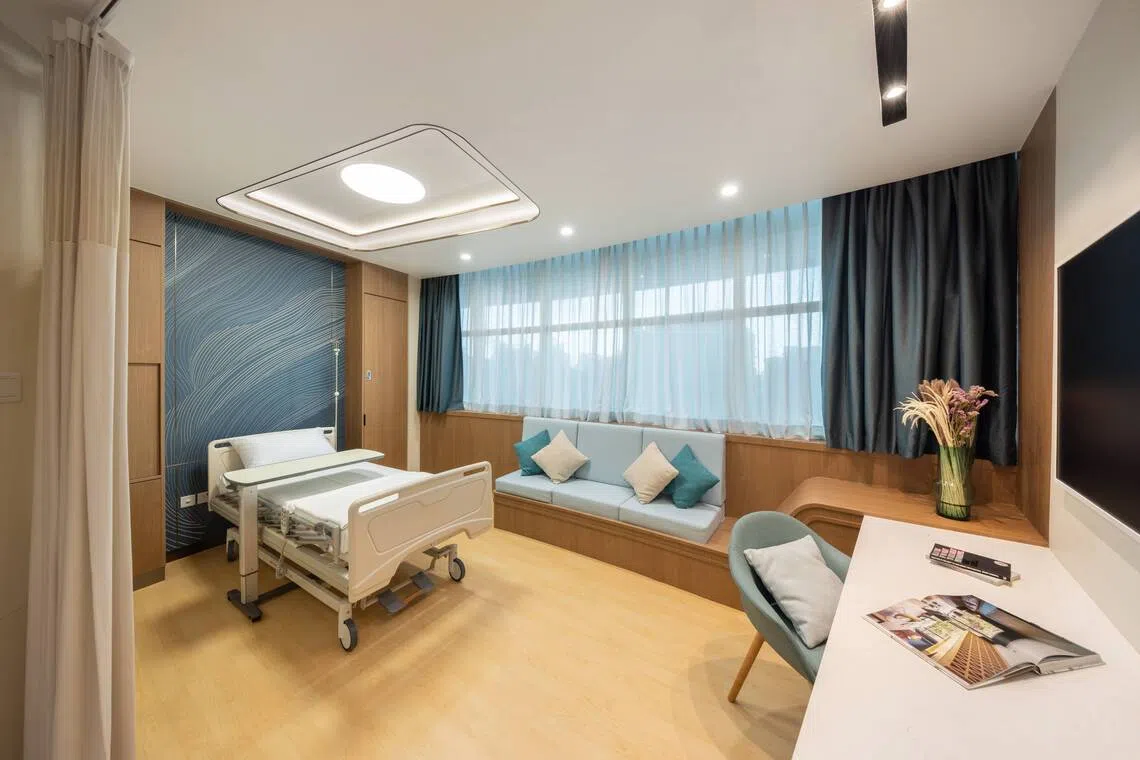
“Increasingly, we see more people seeking help, especially professionals like lawyers and accountants, who make up many of our patients,” says Dr Lee. On Oct 10, his healthcare group will officially launch the O2 SleepWell Laboratory at Camden Medical, which he says is the first private, multi-bed sleep lab outside a hospital.
What is CPAP therapy
Sitoh receives continuous positive airway pressure (CPAP) therapy, which is the gold standard for OSA treatment and very effective when used correctly. It involves a tissue box-sized machine that draws and pressurises room air, which is then delivered to the nose, mouth or both, through a tube and mask. This steady airflow keeps the airway open during sleep, preventing the throat collapse that causes breathing interruptions in OSA patients.
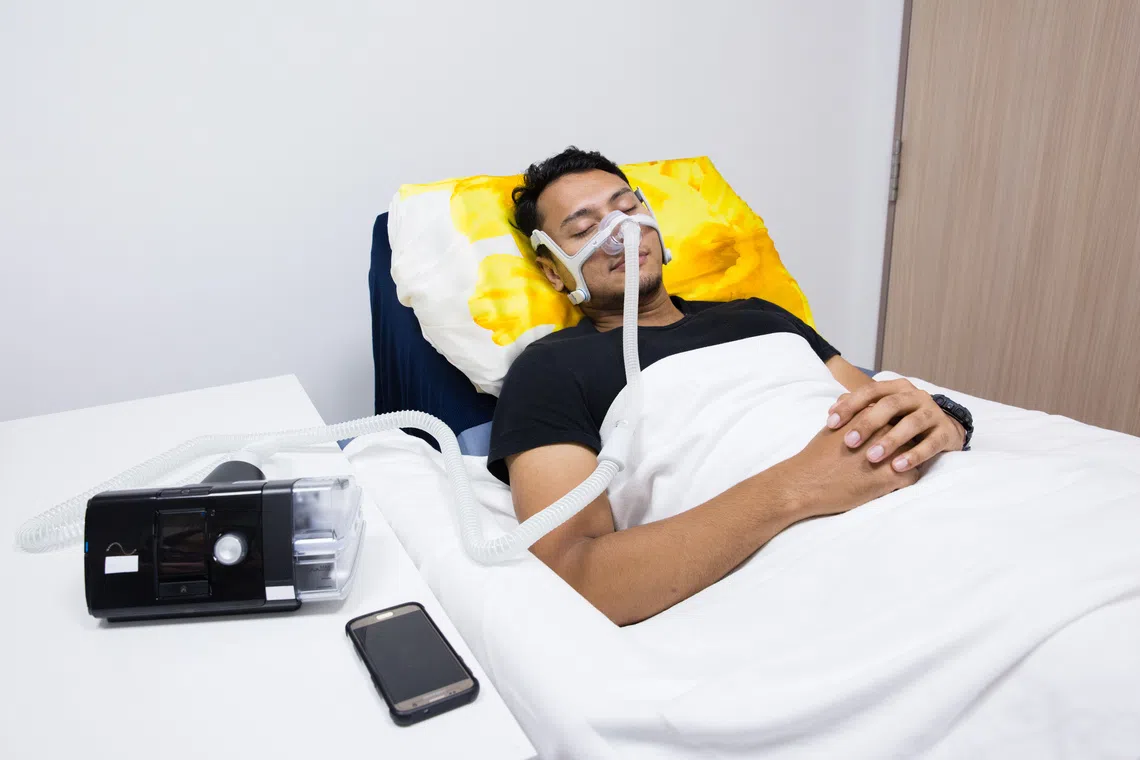
To diagnose OSA, there are home sleep study options although those conducted at hospitals’ sleep clinics are more comprehensive and accurate. Singaporeans who go to restructured hospitals receive subsidies for their sleep study, but not for CPAP treatment.
There are several device options, and typically, patients can try a machine out for a month, rent-free. Thereafter, it costs around S$1,500 to S$3,000 for the machine, plus approximately S$300 for a mask. With proper maintenance, the machine can last for seven to 10 years, while the mask needs to be replaced every year or so.
While that may deter some, Dr Lee says the cost is low when spread over years of use. “It’s as affordable as taking a branded cholesterol medicine once a day for seven years.”
A meta-analysis on the long-term benefits of CPAP therapy published earlier this year found that in people with sleep apnoea, CPAP therapy lowered the overall chance of dying by 37 per cent and that of heart-related death by 55 per cent.
For Sitoh, his AHI reading dropped to 12 after two months, and then to one, six months after he started CPAP therapy. “Since a reading below five means I don’t have sleep apnoea, I was discharged.”
But while CPAP is a highly effective tool, it does not alter the underlying anatomical factors that contribute to the condition, hence consistent use throughout the night is crucial, says Dr Phua Chu Qin, senior consultant at the department of otorhinolaryngology, Sengkang General Hospital and senior consultant at SingHealth Duke-NUS Sleep Centre.
And although some are put off by lifelong CPAP treatment, Dr Lee frames it as akin to wearing spectacles to treat myopia. “It doesn’t mean you’re addicted to your spectacles. It’s just something you need that you didn’t know about previously.”
The problem of adherence and the possibility of alternatives
CPAP therapy can initially appear and feel uncomfortable, but most patients adapt well with the right support, says Dr Phua. In fact, a study has found that Singaporean patients who accept CPAP therapy after an initial one-month trial are generally adherent – so getting over the hump is key.
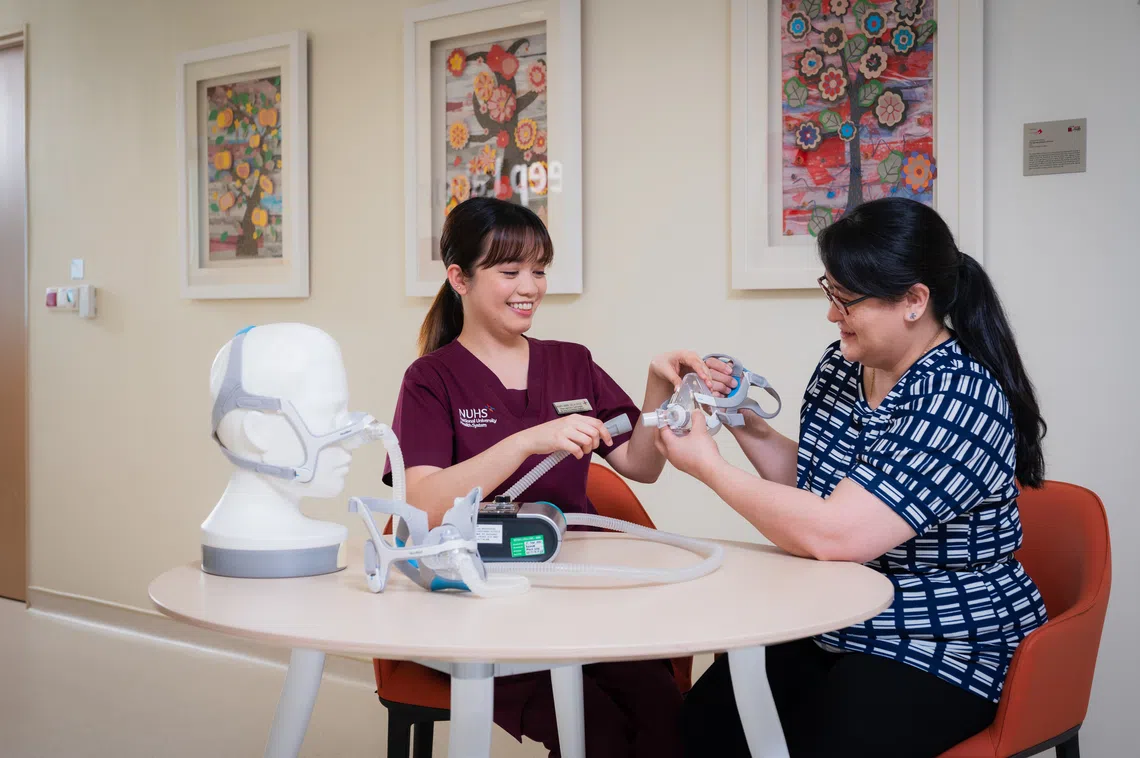
There are side effects associated with CPAP treatment, including pressure intolerance, stomach bloating and blocked nose. However, these are temporary and easily resolved over time, sometimes with help from medication, says Prof Venkateswaran.
Still, CPAP adherence and uptake are traditionally low, with 30 to 50 per cent of patients unable to tolerate or rejecting it, says Dr Phua.
In which case, there are other options.
Advancements in surgery in recent years include the hypoglossal nerve stimulation implant therapy, Dr Phua says.
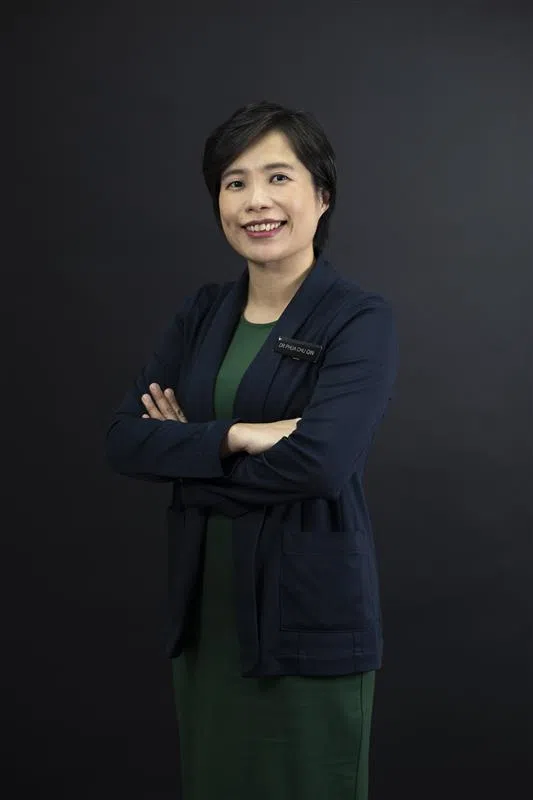
“It is like a mini pacemaker, implanted into the body that stimulates the tongue during sleep to keep the airway open,” she says, adding that the technique, widely used in the United States and Europe and introduced here in 2022, has shown positive patient acceptance and outcomes. “This technology offers more patient convenience and better results with good improvement of symptoms. Singapore is now the country with the highest implant numbers in South-east Asia.”
A less invasive solution is a type of dental splint that patients can wear to sleep that pushes the lower jaw forward, keeping the airway open. However, it is more suitable for people with mild to moderate sleep apnoea, says Prof Venkateswaran.
More recent trials have also shown that new weight loss medication such as the glucagon-like peptide-1 (GLP-1) like tirzepatide – also known as Mounjaro – not only helps with weight loss, but also eradicates sleep apnoea in about half the patients studied, he added.
“So there are a lot more options than we had 20 years ago and there will be more options in future as well,” he says. “I’m very optimistic about that.”
Copyright SPH Media. All rights reserved.







